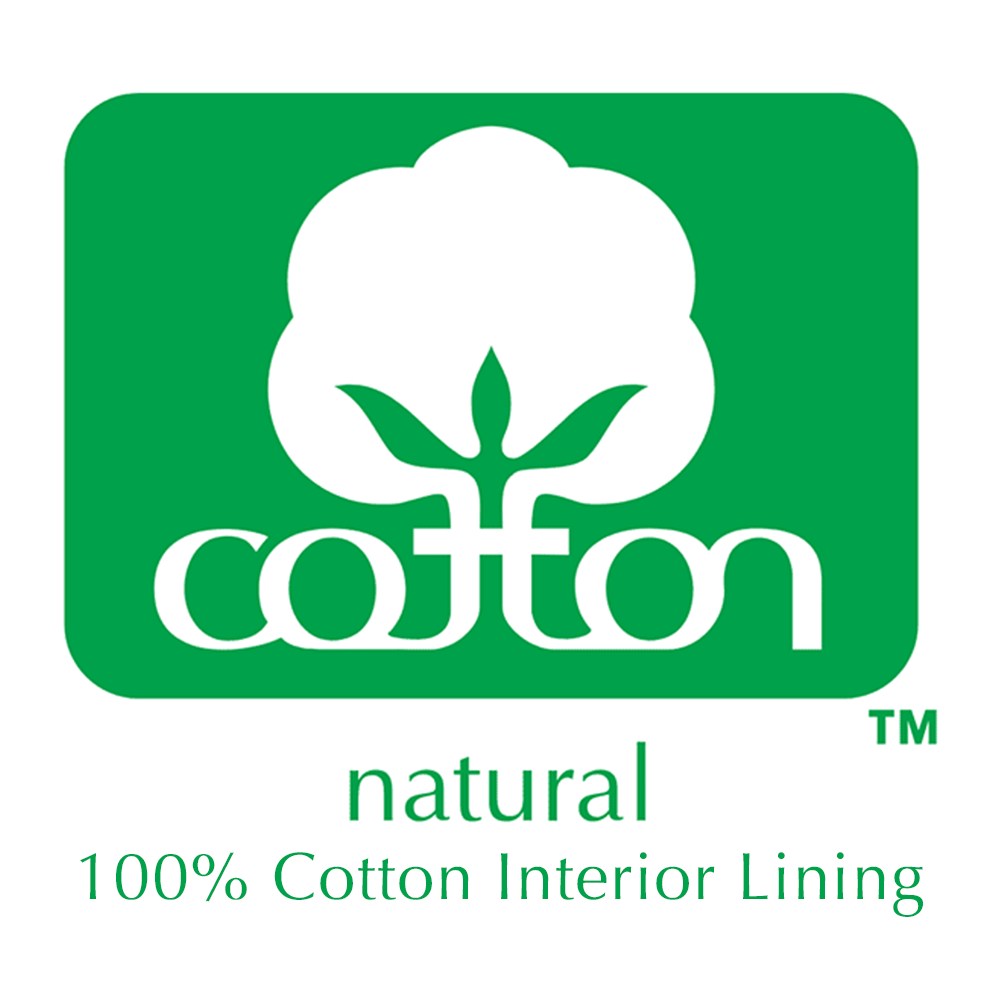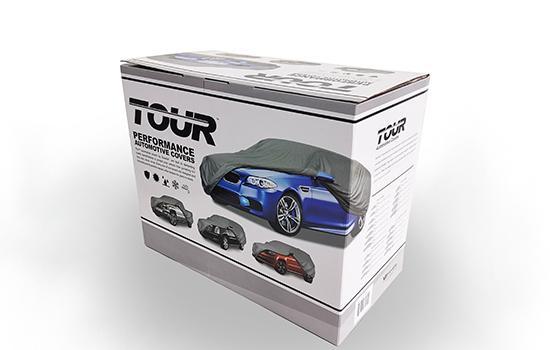
Table of Content
Why You Need a Car Cover & Why Material Matters
Types of Car Cover Fabric Materials
How to Choose the Perfect Car Cover Material
What You Should Avoid
Final Thoughts
When it comes to keeping your car safe from the harsh elements, choosing to cover your car is a no-brainer. It’s not just a piece of fabric that sits over your vehicle, it’s a shield that protects your car from a variety of threats such as UV rays, dust, rain, bird droppings, and even minor abrasions. With so many options available, you might wonder: which car cover fabric is the best for protecting your ride?
Whether you are parking outside or storing your car in a garage, the materials used in your car cover make all the difference. This blog will mention everything you need to know about car cover materials that not only provide excellent protection but also stand the test of time.
Why Do You Need a Car Cover and Why Does The Material Matter?
Investing in the right car covers is like having an extra layer of protection for your vehicle. A poorly made cover can trap moisture, scratch your paint, or just fail to protect against UV rays. But what exactly makes one cover better than the other? The secret lies in the quality of the materials used. The perfect car cover material will determine the durability, weather resistance, and breathability. A high-quality car cover shields your vehicle from:
- Sun Damage: UV rays will fade your car’s paint, crack the dashboard, and make the seats look worn out.
- Rain and Moisture: Water sneaks into the tiny crevices, leading to rust and mold. This weakens the structure of your car.
- Dirt and Debris: If you leave your car uncovered, dirt, dust, tree sap, and bird droppings are going to accumulate on it.
- Scratches: A car cover can save your car from accidental scratches and light bumps.
Now that we have established why you need one, let us talk about what makes a car cover truly protective: the material.
Different Types of Car Cover Fabric Materials
When it comes to car cover materials, there are a variety of fabrics available. Let’s look at the best (and worst) options out there:
Woven Polyester
This material is known for its durability and resistance to wear and tear. Woven polyester is a common choice for many car cover designs. It is lightweight yet strong, making it ideal for protecting against physical damage. It is best for areas with extreme heat and sun exposure.
Marinex
Marinex is a woven marine-grade fabric that is extremely durable and high-performance. It is designed to handle extreme weather conditions, making it a favorite for those who want top-notch protection.
Polypropylene
This is a great budget-friendly option that offers basic protection against dust and light rain. The only drawback of this type of cover is that it provides limited protection. It is not great against UV rays and won’t last long. However, you can use them when you are storing your car indoors where you car needs light dust protection.
Nylon
Nylon is super lightweight and easy to handle. It is great for short-time use. Why? Because it tears easily and does not offer much protection against extreme weather. If you are looking for an affordable option, you can go for this. But it only comes in handy when parking in a garage or covered area. PVC
PVC
This car cover material is completely waterproof and provides a solid barrier against rain and snow. However, these are a few things you need to take care of. Before covering your car with a PVC car cover, you need to clean it properly because it tends to trap moisture inside. It is best if you live in a region with frequent rainfall.
Cotton-Lined Covers
Covers with cotton inner lining to prevent scratches, making it perfect for luxury cars (or any cars for that matter). When combined with other tough materials, they ought to perform well in rain or snow.
Multi-Layered Car Covers
Multi-layered covers offer the best combination of waterproofing, UV protection, and breathability. It is slightly heavier and is more expensive than the single-layered cover. You can use them to protect your car outdoors in all weather conditions.
Each of these fabrics brings something unique to the table. The trick when buying a car cover is to find something that balances the pros of each type into a cover.
How to Choose the Perfect Car Cover Material For Your Vehicle?
Now, that are clear on the different types of car cover fabric materials available in the market, look at some of the key factors to consider when choosing a car cover:
Weather Conditions
When choosing a cover, it is essential to consider your local climate since both UV rays and moisture can damage your vehicle over time. Try finding a cover that offers both UV and water resistance to prevent any fading of paint or corrosion.
Fit and Compatibility
A one-size-fits-all approach might be tempting and cheap. But a cover that fits well provides better protection. You can find a variety of covers that fit your vehicle snugly in the market. Plus, features such as elasticized hems and secure straps ensure that the cover stays in place even in windy conditions.
Durability and Longevity
Consider how often you’ll be using the cover. If you plan to use it frequently, durability is key. Opt for car cover materials like woven polyester and Marinex to withstand wear and tear over time.
Ease of Use and Maintenance
A cover that is difficult to put on or remove can quickly become a hassle. Look for features that can simplify the process such as zippers for easy access and storage cases for when the cover is not in use.
What You Should Avoid?
Plastic Tarps:Sure, they might come cheap. But they will trap moisture and scratch your car.
Super Thin Covers:They offer almost no protection and will rip easily.
Non-Breathable Covers:If air can’t circulate, mold and rust will destroy your car.
Final Thoughts
At the end of the day, the best car cover materials for your vehicle depend on your specific needs and wants. You need to invest in quality. You might get something off the shelf now and save a few bucks, but you’ll end up paying dearly when the damage sets in. If you want your car to look as good as new, ditch the cheap covers and choose a car cover made from high-quality materials.

.png)



